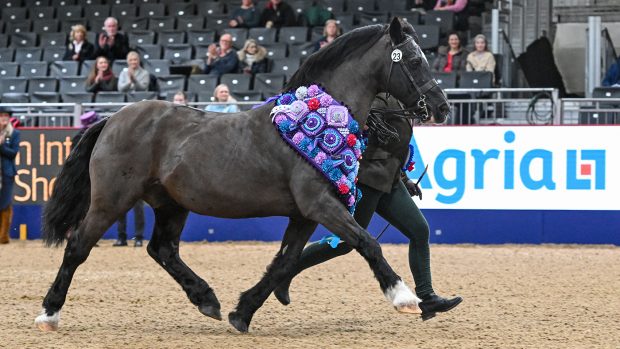Expert advice from show producer Stuart Hollings on how to make the best of your horse or pony’s positive features
Attention to detail is essential if you are going to create a picture that will catch the judge’s eye for all the right reasons.
Stuart’s top tips
Trimming will give your horse a neater outline, but always check what trimming is allowed by your breed society before starting as once its removed you can’t put it back on! Be clear about what you are trying to achieve as this will help avoid mistakes.
If your horse is slightly light of bone then don’t clip too close down the back of the leg as this will make him look worse. Also beware of trimming the back of the hind legs too high or you could make your horse look like its got a curb.
Trimming at the poll and withers should be kept to a minimum. False plaits can be used at the withers to make a neck appear longer, while overtrimming at the poll can be disguised by pulling hair backwards from the forelock for the first plait.
When trimming the tail never bang it in the resting position or it will notbe straight when the horse is in motion. Get someone to hold the tail in the position the pony normally carries it and bang it absolutely level with the hocks.
A horse with a long back will benefit from a slightly shorter tail as do show cobs. Long backed horses should wear a larger saddle with a numnah of the same colour to disguise the back’s length.
When pulling the horse’s mane consider what type of plaits will be needed for the horse’s class as a hunterwill need chunkier plaits than a show pony. Nowadays, there is no correct number of plaits – more plaits used the longer the neck will appear.
A horse that is lacking neck muscle should have high plaits which sit on top of the neck, while a horse with a strong crest should have tight plaits which sit along the neck. For high plaits you need to leave the mane slightly thicker and longer. Start plaiting about 1.5in from the roots and stitch the plait into the hood left at the top.
Clever use of quarter marks can help improve the hindquarters but they take practice. The golden rule is to keep the patterns symmetrical. Sharks teeth can fill in a hollow flank, while brushlines either side of the tail can make the quarters appear rounder. Practise to see what suits your horse before using them on a show day.
White socks must be really clean before any type of whitener is applied and wait for it to dry before brushing it out so the sock has a smooth and even appearance.
Hoof oil should be applied inside and out, while use of “make up” should be kept to a minimum and should not come off on the judge’s hands.
|
Don’t miss Stuart Hollings regular comment in Horse & Hound, or click here to subscribe and enjoy Horse & Hound delivered to your door every week. |
Read more expert turnout tips:




